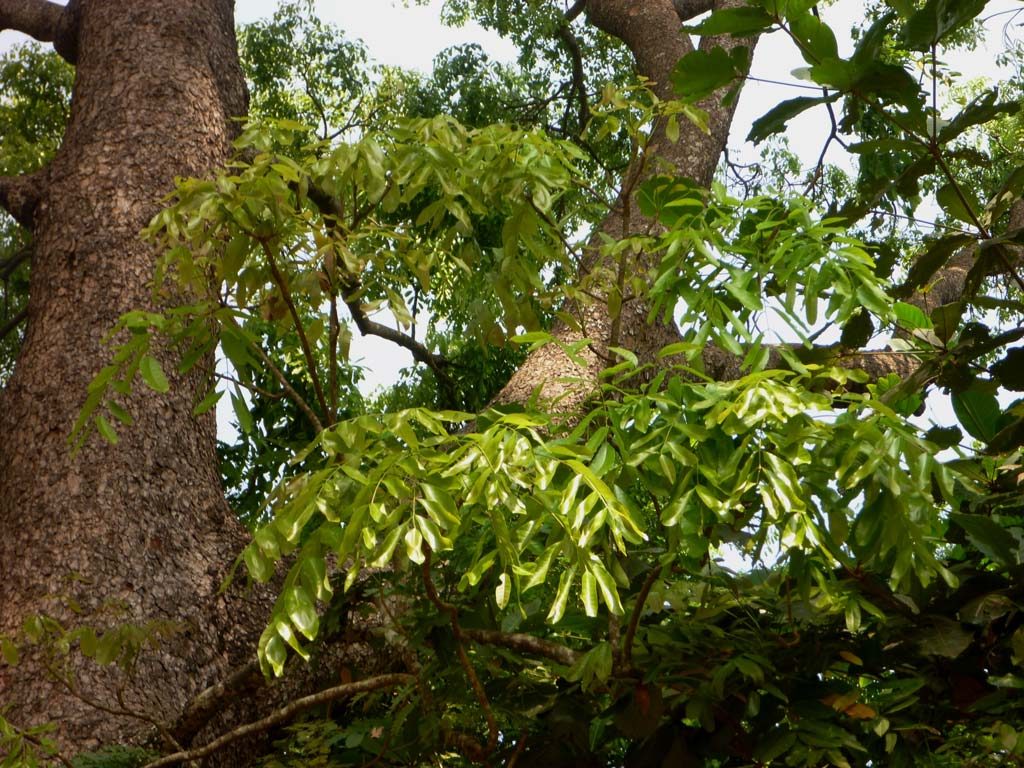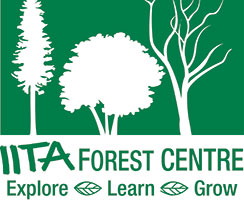
23 Jul Khaya senegalensis
Scientific name: Khaya senegalensis Desr. A.Juss.
Family: Meliaceae.
Distribution/conservation status: widespread in transition forests, moist savanna woodland and along watercourses in savanna regions. Vulnerable (VU) due to loss of habitat, fire, unsustainable logging, collection for fodder and medicinal uses, and slow regeneration.
Common names: Dry zone mahogany, Senegal mahogany (English), Ògànwó (Yoruba), Onu (Igbo), Madaacii (Hausa) Efriyomoniba (Efik), Obolo (Lokole), Ogwango (Edo).
Fruits/seeds: spherical grey-brown woody capsule with four segments containing numerous flattened seeds, each with a narrow wing around the margin.
Fruiting time: December – April.
Seed collection: pods open on the tree or on impact when they fall. Unopened pods may be prised open or kept dry until they open naturally; seeds are easily removed or collected from where they scatter under the tree.
Type of seed: recalcitrant.
Sowing method: sow promptly, leaving seeds partially uncovered.
Sowing medium: equal parts forest soil and leafmould.
Germination period: 13 days.
Germination percentage: 100%.
Growth/development: usually slow at first. Seedlings take about 2 years to reach a height of 12 – 25 cm but may then grow more quickly. Young trees prefer light shade. Trees take up to 25 years to start fruiting.
Notes: Seedlings are infested by Hypsipyla spp. shoot borers. Protection may be required to prevent browsing by livestock.

Khaya senegalensis. credits: D.Bown

